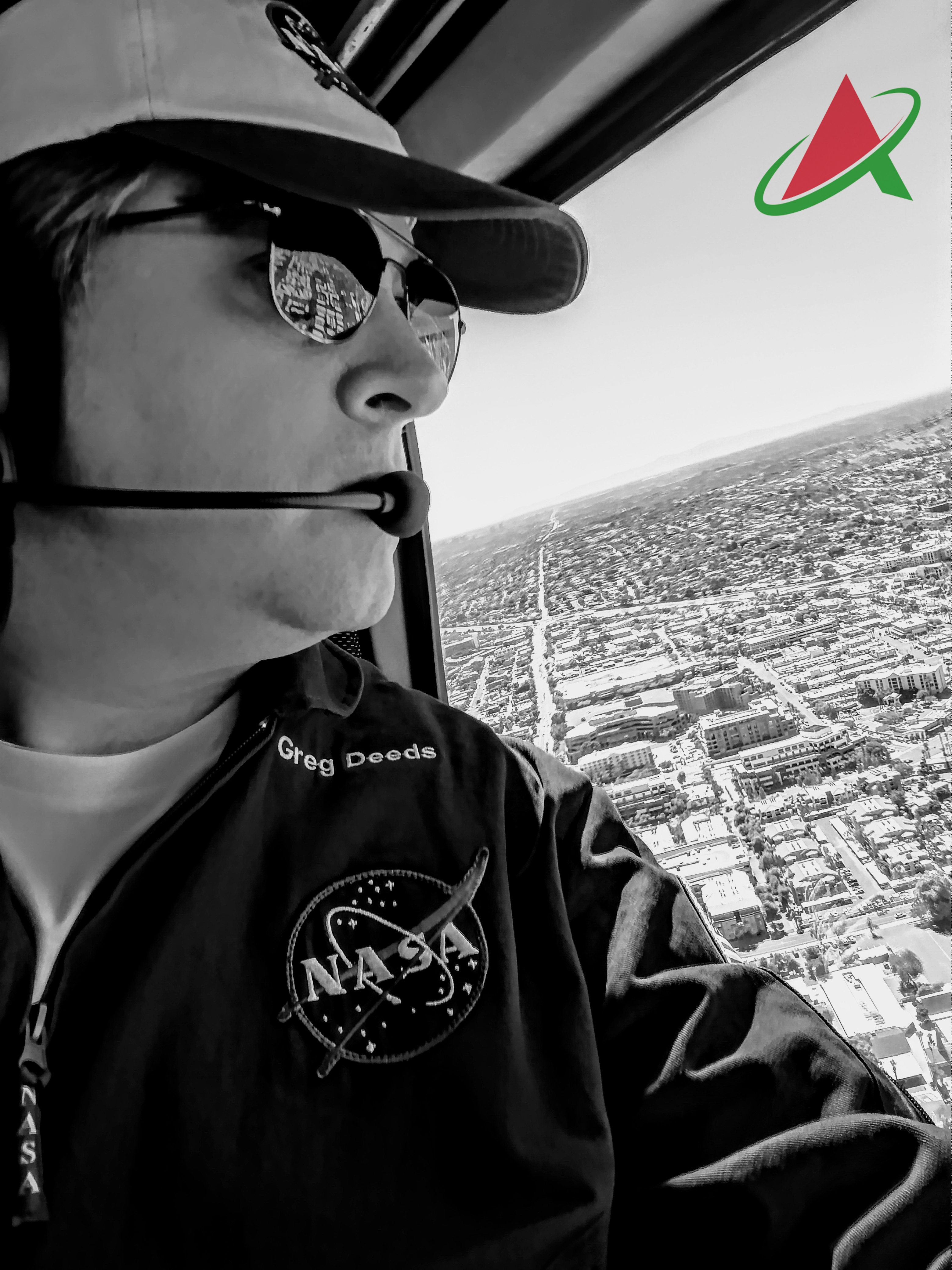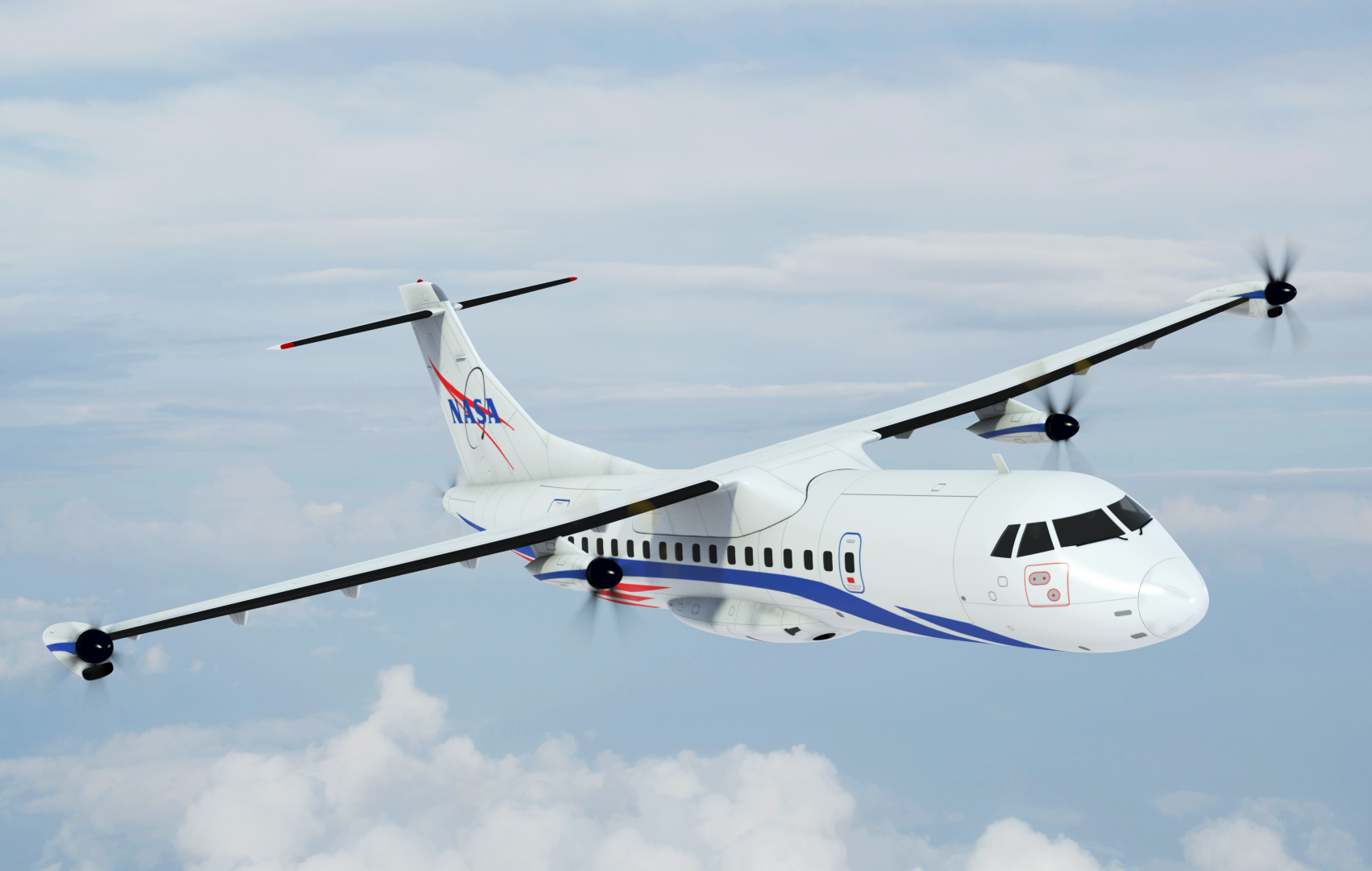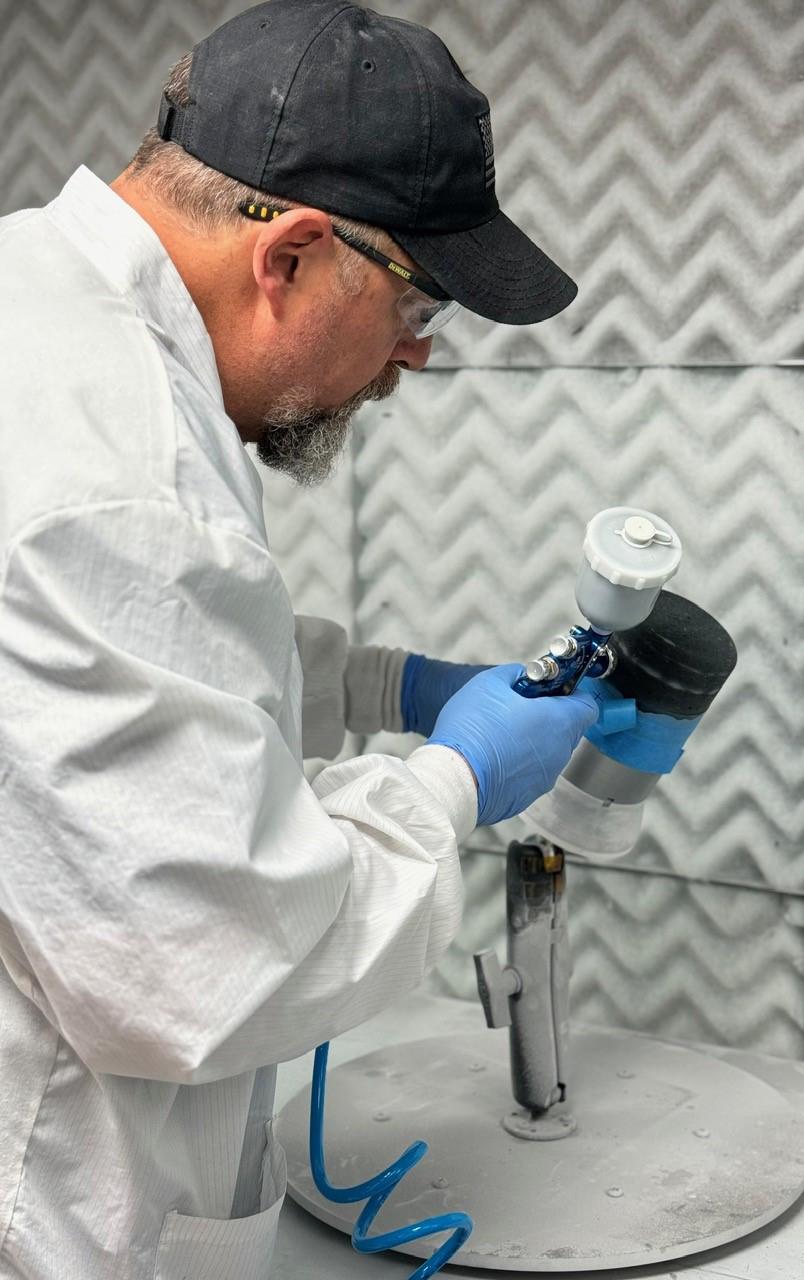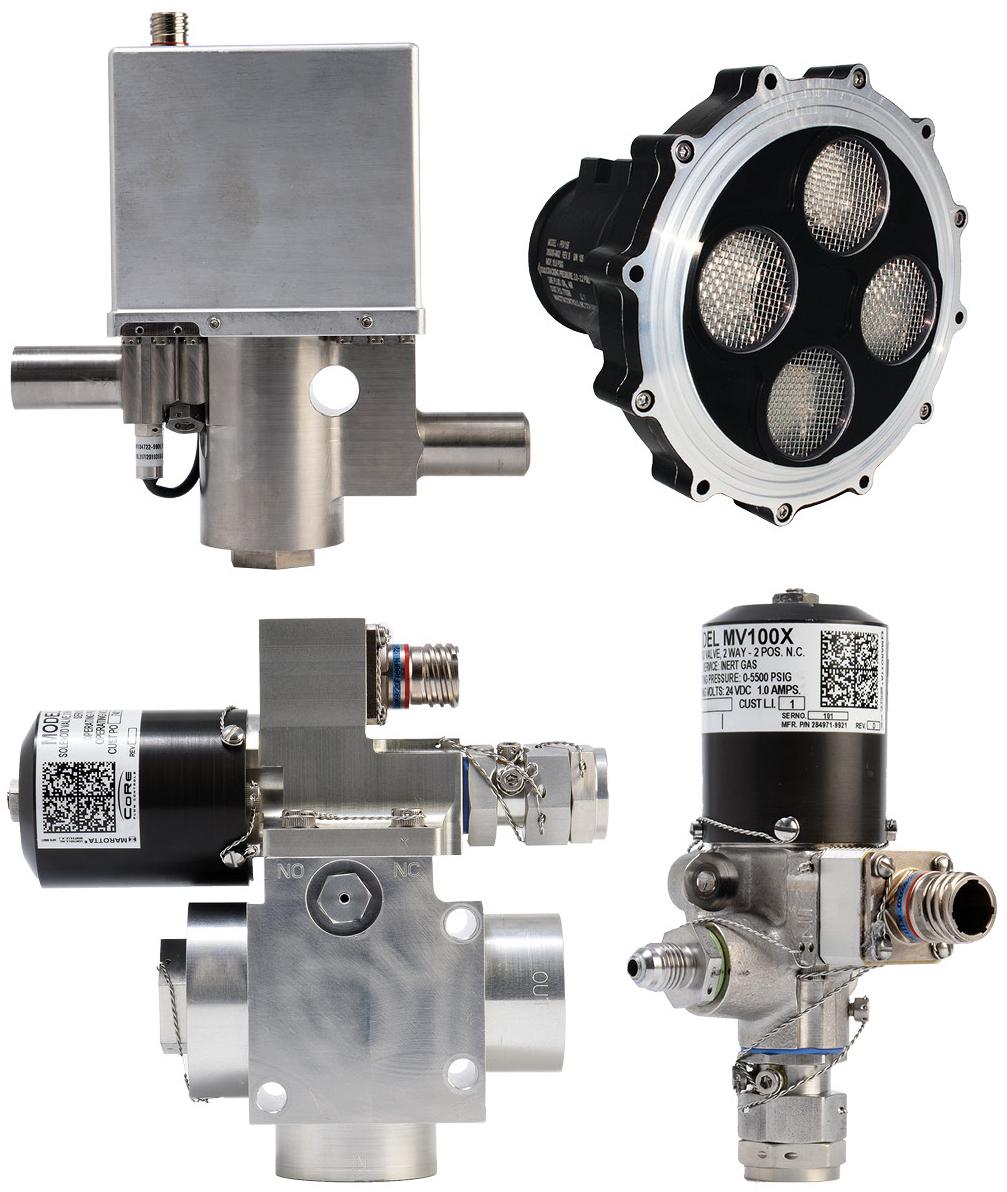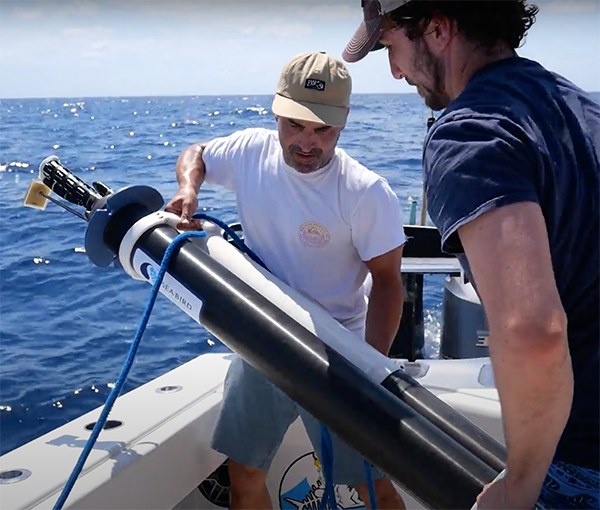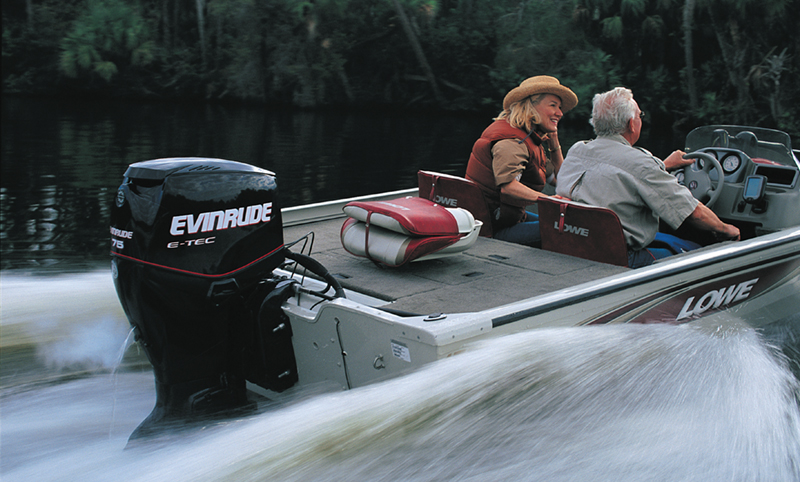
New Outboard Motor Firing on All Pistons
Originating Technology/NASA Contribution
Seven years ago, NASA was in the planning stages of producing an aluminum alloy with higher strength and resistance at elevated temperatures for aerospace applications. At that time, a major automobile manufacturer happened to approach NASA for solutions to lowering engine emissions and the costs associated with developing aluminum engine pistons. The Space Agency realized the answers to the manufacturer’s problems could lie within the proposed alloy.
Jonathan Lee, a structural materials engineer at Marshall Space Flight Center’s Materials, Processes, and Manufacturing Department, and PoShou Chen, a scientist with Huntsville, Alabama-based Morgan Research Corporation, partook in the development project as the inventors. The resulting NASA High-Strength Aluminum Alloy, or “MSFC-398,” was capable of casting metal components at both high volume and low cost, making it extremely attractive for commercial application, not just in automotives, but in a variety of other industries, as well. NASA patented the technology and introduced it for public licensing in 2001.
Partnership
A worldwide leader in the design, development, and distribution of outboard motors and a wide variety of land and water vehicles, Bombardier Recreational Products Inc. (BRP), in 2002 came across a description of the NASA alloy on the Internet and was immediately intrigued. The Sturtevant, Wisconsin-based company decided to meet with NASA in April of that year, wanting to learn if and how the technology could strengthen its products. BRP and NASA identified an application for high-performance outboard engine pistons. Prototype production started in July, and the licensing agreement was signed exactly 1 year later.
According to Lee, the company worked hard with a casting vendor and NASA to perfect the casting of the pistons. “The usual cycle for developing this type of technology—from the research stage to the development phase, and finally into a commercial product phase—may take several years and more than a $1 million investment,” said Lee. “In this case, it had occurred in less than 4 years at a fraction of the cost.
” BRP also applauded NASA for its prompt assistance. “The demands of the outboard engine are more significant than any other engine NASA had ever encountered,” claimed Bob Young, the company’s vice president of engineering, outboard engines. “The team from NASA was on the fast track, learned all the intricacies, and delivered an outstanding product.” BRP incorporated the alloy pistons into a brand new mid-power outboard motor coined Evinrude® E-TEC™ (E-TEC) that the company affirms is “years beyond two-stroke, four-stroke, or even direct injection” engines.
Product Outcome
By adopting the high-strength, wear-resistant aluminum alloy from NASA for its latest product line, BRP has created a boater’s dream: the first outboard motor engine that will not require oil changes, winterization, spring tune-ups, or scheduled maintenance for 3 years of normal recreational use.
Not only is the E-TEC engine maintenance-free from such tedious upkeep responsibilities, its piston design successfully reduces the so-called “slapping” sound that occurs when pistons slide up and down in the engine’s cylinder (this “whisper quiet” feature is particularly appealing for trollers looking to avoid scaring off fish, especially in shallow waters). The NASA alloy greatly improves piston durability because it is 2.5 times stronger than conventional cast aluminum pistons at high temperatures and can be produced with a material cost of less than $1 per pound. Engineers finalizing the product also saw environmental advantages from the alloy, as it would help the new engine comply with the California Air Resources Board’s emissions standards—some of the most stringent in the United States.
The E-TEC features a low-friction design completely free from belts, powerhead gears, cams, and mechanical oil pumps; a “sure-start” ignition system that prevents spark plug fouling and does not require priming or choking; and speed-adjusting failsafe electronics that keep it running even if a boat’s battery dies. A central computer controls the outboard engine’s single injector, which is completely sealed to prevent air from entering the fuel system. This minimizes evaporative emissions. Furthermore, the E-TEC auto-lubing oil system eliminates the process of having to mix oil with fuel, while complete combustion precludes virtually any oil from escaping into the environment. When programmed to operate on specially designed Evinrude oil, the E-TEC uses approximately 50 percent less oil than a traditional direct injection system and 75 percent less than a traditional two-stroke engine. Additionally, when compared to a four-stroke engine, the E-TEC creates 80 percent less carbon monoxide while idle.
Ranging from 40-horsepower (hp) models to 90-hp models, the E-TEC engines won the prestigious 2003 Innovation Award from the National Marine Manufacturers Association at the annual Miami International Boat Show. In the same year, E-TEC also received a vote of confidence from an individual who put the engine to an incredible test in the most unusual of conditions. While BRP often hears from boaters who depend on its engines in tropical, warm, or—at worst—temperate climates, the company had heard about an individual from the small Alaskan village of Koyokuk who runs the Yukon River in his boat just about everyday, from break-up of the iced-over body of water to freeze-up. The nearest “sizable” town is 400 miles upstream from Koyokuk, so the individual uses the rugged river as his “highway” to deliver and transport goods such as tools, supplies, and groceries.
Upon learning about the E-TEC engine from a Fairbanks, Alaska-based dealer, the individual felt the need to challenge the motor’s performance against the unbearable, uncompromising conditions that he had grown accustomed to. As a result, the 90-hp E-TEC engine got his boat up and running on step quicker and carried his loads easier than his previous motor. Right up until the river froze over for the year in October, the individual was the only boater on the water. He was able to start his E-TEC instantly at temperatures as low as 8 ºF (-13 ºC).
Taking torque to the next level, BRP will offer three new options to the E-TEC family in the 2005 model year: 200 hp, 225 hp, and 250 hp. Like their smaller 40- to 90-hp relatives, the proposed higher-powered engines are anticipated to present outstanding durability and reliability in extreme environments, while offering low emissions, quiet operation, and virtually no maintenance.
The introduction of the E-TEC engine has brought a whole new meaning to two-stroke engines, which have long been the focus of intense environmental scrutiny for their high rate of pollution emissions. Together, BRP and NASA have not only revived this struggling breed of outboard motors, but have reinvented it for generations to come.
Evinrude® is a registered trademark of Bombardier Recreational Products Inc.
E-TEC™ is a trademark of Bombardier Recreational Products Inc.

Marshall Space Flight Center’s Jonathan Lee prepares to test the strength of the new aluminum alloy he co-invented.

Evinrude® E-TEC™ is the first outboard motor engine that will not require oil changes, winterization, spring tune-ups, or scheduled maintenance for 3 years of normal recreational use.




